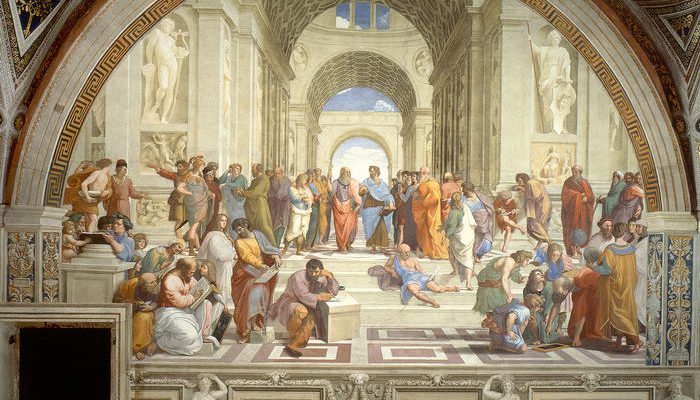There is no doubt that, culturally and artistically, the Renaissance period was an important part in the world’s history. It occurred in the 14th century originally and lasted all the way up to the 17th century. The legacy it has left behind is simply amazing with the many paintings completed at the time still being revered today. Famous names such as Da Vinci, Botticelli, Caravaggio and Michelangelo are widely popular in modern culture still which shows the impact their paintings had.
As a time of artistic expression and excellence, it cannot be beaten. Here are ten of the most famous renaissance paintings from that era:
10 – The Birth of Venus by Botticelli
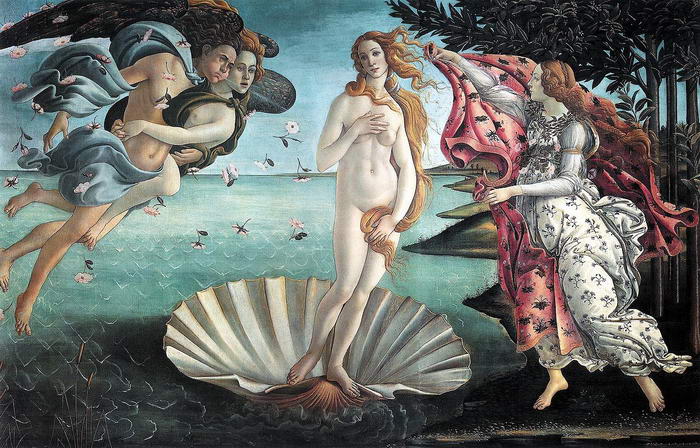
The painting’s romantic style was a real hallmark of the art produced during the Renaissance. Botticelli’s use of colour and light is superb, and he really captures the very essence of what he is painting.
09 – Assumption of the Virgin by Titian
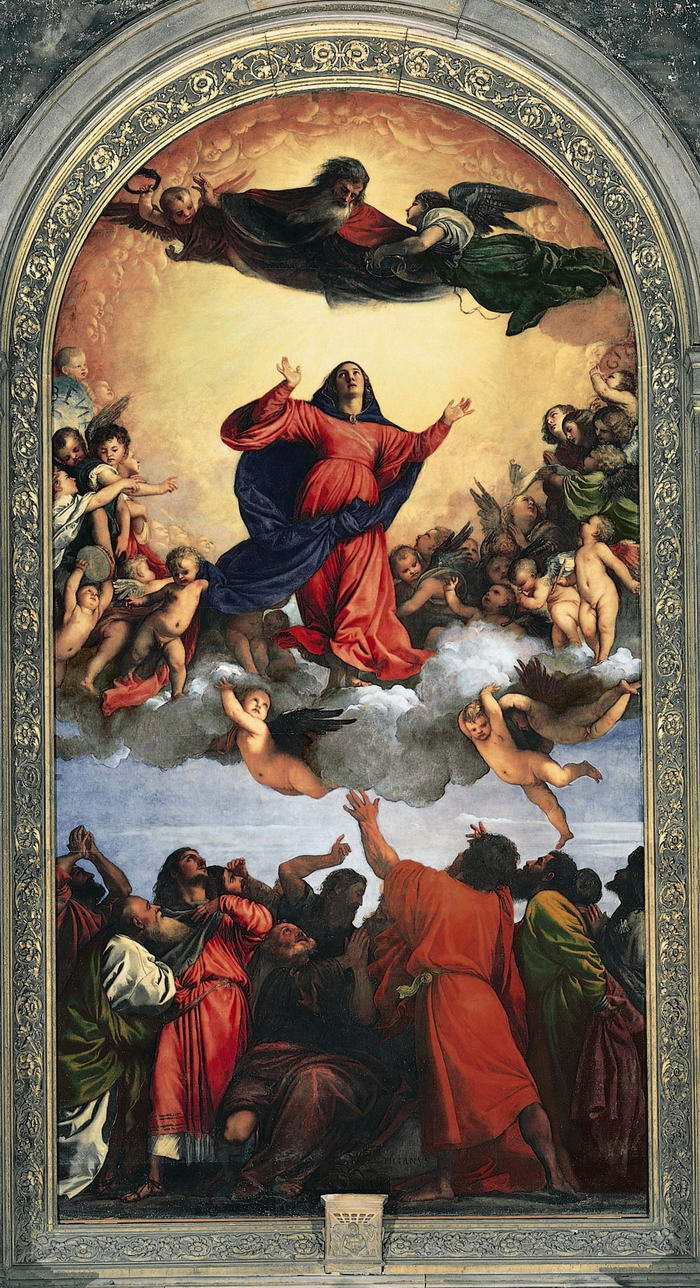
The painting shows Mary on a cloud rising up to heaven to be with God while cherubs underneath help her on the way. As you would expect considering the subject, the painting has very powerful religious feel to it which is even more striking when seen in its current resting place.
08 – Primavera by Botticelli
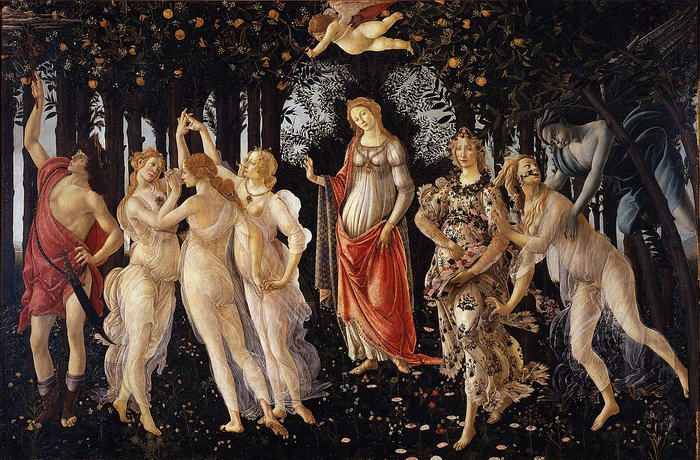
Step into the enchanting realm of Botticelli’s Primavera, a mesmerizing masterpiece that continues to beguile viewers with its lush beauty and intricate symbolism. Painted in the late 1470s or early 1480s, this exquisite work features a vibrant gathering of mythological figures in a verdant garden. At its heart stands the radiant Venus, while the Three Graces dance gracefully nearby. To the right, Zephyrus, the gentle wind god, breathes life into Flora, who scatters vibrant flowers in her path. On the left, the goddess of wisdom, Minerva, looks on serenely. Botticelli’s poetic narrative, infused with Neo-Platonic ideals, celebrates love, fertility, and the arrival of spring. Every brushstroke and detail in Primavera weaves a captivating tapestry that transports us to a world of timeless beauty and harmony in this case. Additionally, reflecting the essence of the Renaissance spirit.
07 – Sistine Madonna by Raphael
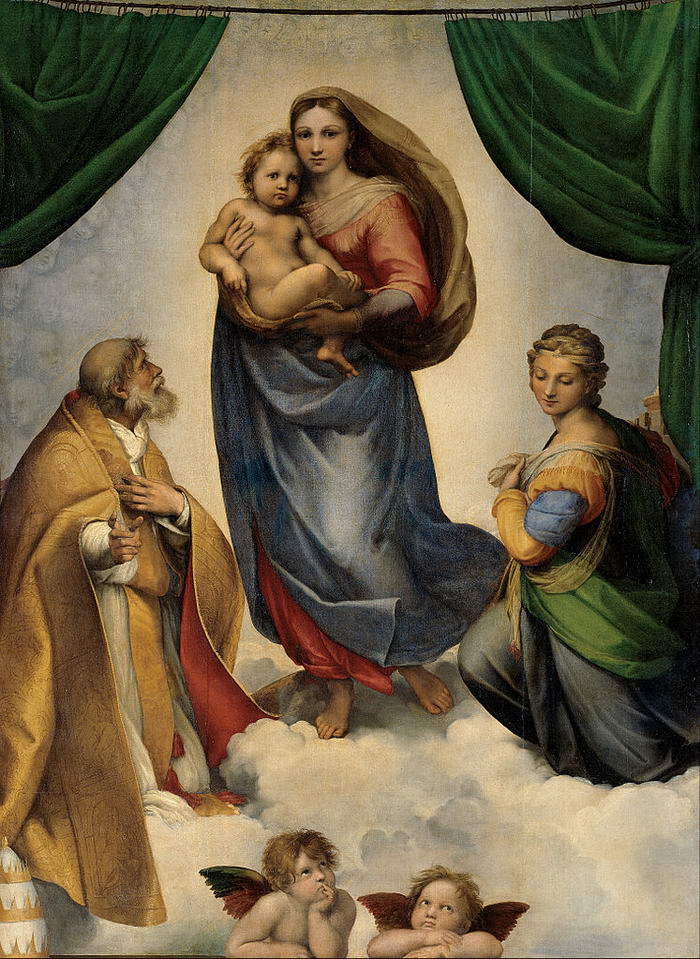
06 – The Last Judgement by Michelangelo
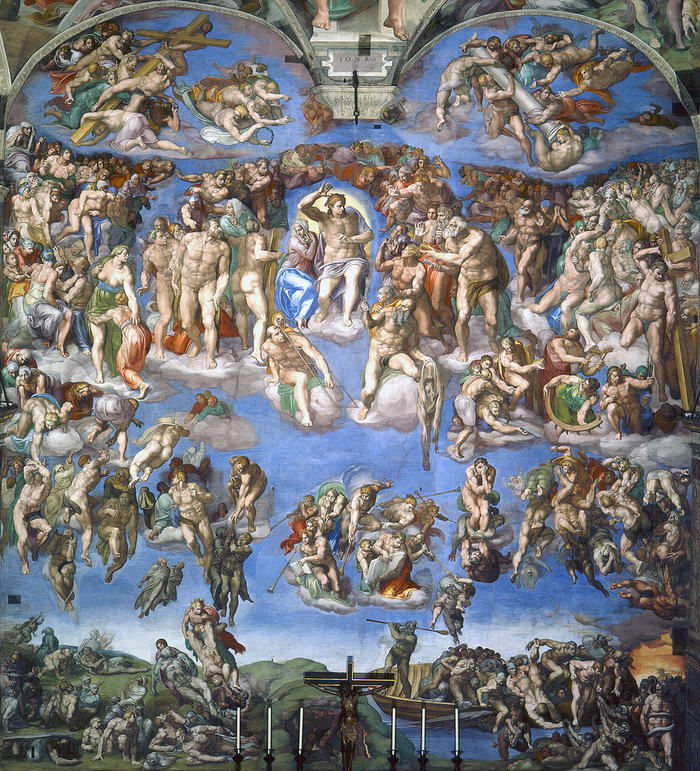
05 – The Conversion of Saint Paul by Caravaggio
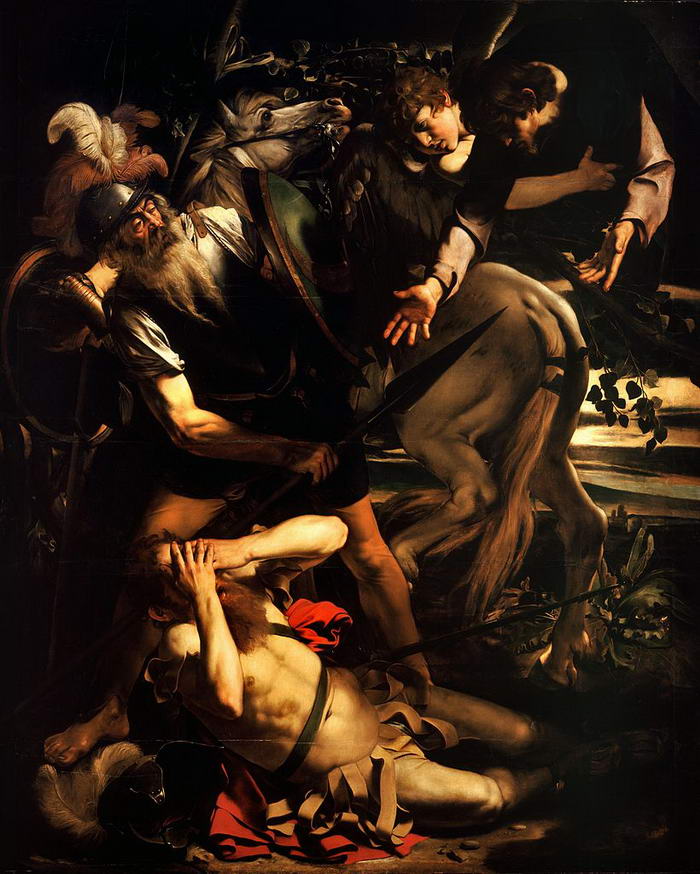
This controversy also followed him in his work as the style he painted in was different to the romantic Renaissance standard. Caravaggio went for a more realistic, street level approach as this painting shows. The use of light is stunning as is the way the painting conveys the message of how Saul turned into Saint Paul on the Road to Damascus.
04 – The School of Athens by Raphael
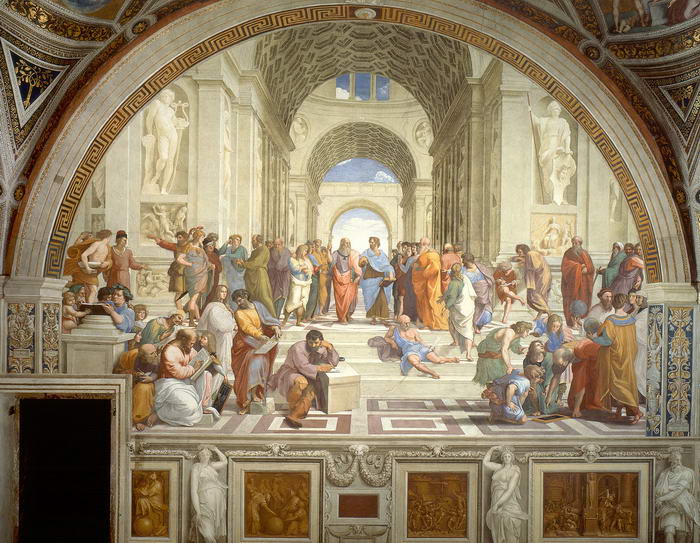
At the center, the venerable figures of Plato and Aristotle engage in a spirited exchange, symbolizing the interplay of idealism and realism. Surrounding them, illustrious thinkers such as Pythagoras, Euclid, and Ptolemy delve into the realms of mathematics, astronomy, and geometry. Meanwhile, the enigmatic figure of Heraclitus, bearing a striking resemblance to Michelangelo, ponders in solitude.
With his masterful use of perspective, Raphael draws us into the scene, allowing us to share the stage with these intellectual titans. Through vivid colors and lifelike expressions, the artist brings to life the passion and curiosity that drive human inquiry. The School of Athens captures the essence of the Renaissance’s humanist values, celebrating the profound impact of knowledge and the enduring power of ideas.
03 – The Creation of Adam by Michelangelo
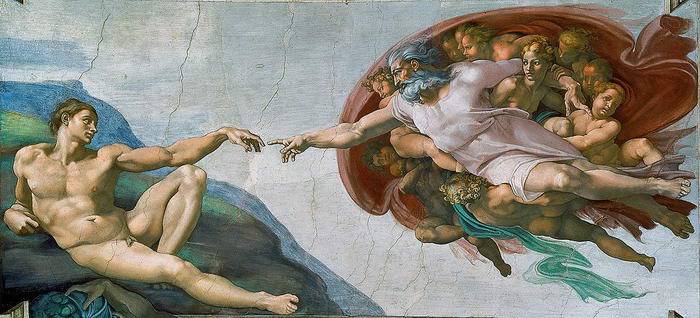
Michelangelo’s skillful portrayal of the human form is awe-inspiring, demonstrating his profound understanding of anatomy. With his dynamic composition, the artist creates a sense of movement, tension, and anticipation. Furthermore, the vivid colors and intricate details bring the scene to life, allowing us to feel the weight of this monumental moment in history.
As we explore the depths of The Creation of Adam, we uncover layers of meaning and symbolism, reflecting the artist’s complex vision. From the subtle shape of God’s swirling cloak, reminiscent of the human brain, to the masterful depiction of emotion and divinity, this work captures the essence of the Renaissance spirit. Michelangelo’s genius transcends time, inviting us to reflect on our own connection to the divine and the beauty of the human experience.
02 – Mona Lisa by Leonardo Da Vinci
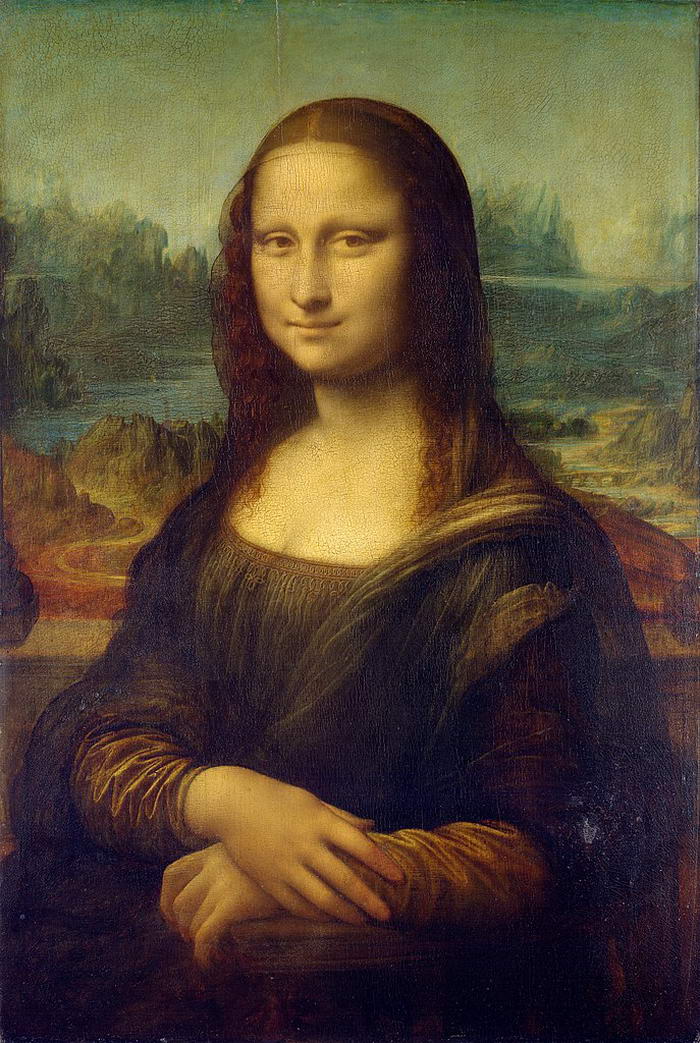
The main feature that Da Vinci crafted into it so well was the enigmatic smile that people still discuss to this day. What is the woman in the painting thinking about and why is she smiling a little? The other very unique feature of this art is the way the eyes have been painted to seemingly follow you around the room.
01 – The Last Supper by Leonardo Da Vinci
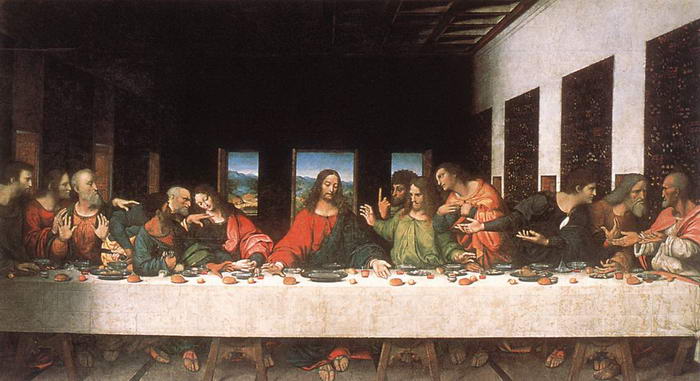
Of course, it is also a subject of much discussion for the hidden meanings many believe Da Vinci painted into it! There has been much conjecture over the figure to Jesus’s right in the painting. Many now believe it to be a female figure due to its effeminate looks, most probably Mary Magdalene. The V shape that her leaning away from Jesus creates is also quite unusual in the context of the painting and makes you wonder why Da Vinci painted that there. Whatever the real meaning of the painting, this is one amazing work of art!
The fact is that you don’t have to be an art lover or intellectual to appreciate these famous renaissance paintings. Just simply taking a few minutes to look at them and appreciate their sheer beauty is enough. No one has really repeated it as a whole, sustained movement since, which shows just how special it was.
FAQs:
Q: What is the Renaissance period?
A: The Renaissance, spanning from the 14th to the 17th century, was a cultural movement marked by a renewed interest in the arts, sciences, and humanities. It originated in Italy and later spread across Europe, profoundly influencing the development of Western art and architecture.
Q: Who are the most prominent artists of the Renaissance?
A: Key figures in Renaissance art include Leonardo da Vinci, Michelangelo, Raphael, Sandro Botticelli, and Titian, among others. These artists pioneered innovative techniques, explored new themes, and especially contributed to the evolution of artistic expression.
Q: What distinguishes Renaissance paintings from other art periods?
A: Renaissance paintings are characterized by a focus on humanism, a realistic portrayal of the human form. Additionally, the use of perspective, and the incorporation of classical elements. These qualities set them apart from the more stylized, two-dimensional art of the preceding Medieval period.


